In a world filled with digital communication, knowing how to respond to a simple "Thank You" email can make a significant impact. From expressing gratitude for positive feedback to handling customer criticisms with grace, this article delves into the art of crafting elegant replies.
Discover professional ways to respond to various types of "Thank You" emails, learn how to use templates effectively, and explore tools like Flowrite to streamline your responses. Let's explore the importance of replying with elegance and appreciation in every interaction.
Key Takeaways:
Always respond to "thank you" emails in a timely and professional manner to show gratitude and maintain good relationships.
Craft a personalized and sincere response when thanking someone for their appreciation, introduction, or feedback.
Utilize templates and tools like Flowrite to streamline and automate responses, while still conveying genuine appreciation and professionalism.
How to Reply to a Thank You Email with Elegance
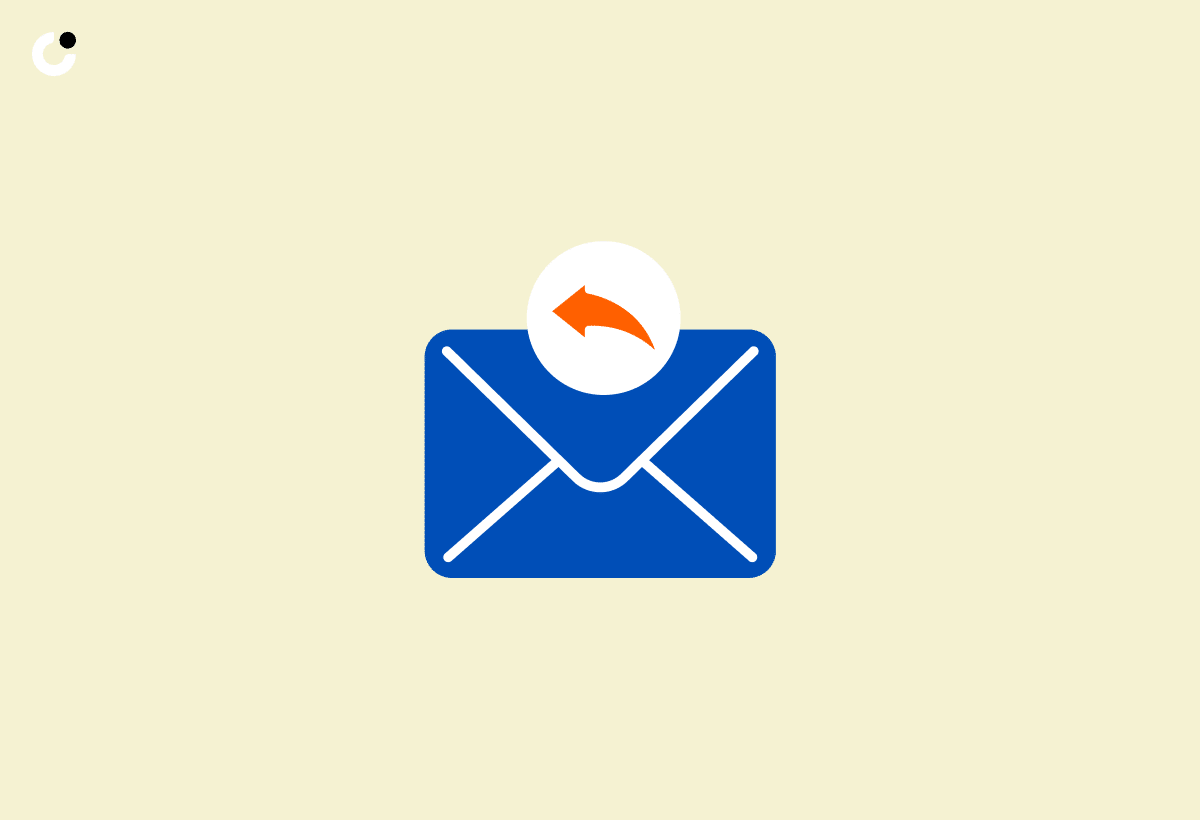
Regarding responding to a thank you email, it is essential to do so with grace and professionalism to maintain a positive relationship.
Replying to thank you emails is a simple yet powerful way to show appreciation and foster strong connections in the professional world. By acknowledging a gesture as simple as a thank you, you are not only expressing gratitude but also reinforcing mutual respect and courtesy.
Politeness plays a crucial role in every interaction, including email exchanges. A prompt and well-crafted response reflects your commitment to nurturing relationships, building trust, and leaving a lasting impression.
When crafting your reply, keep it concise, sincere, and tailored to the context. Begin with a warm greeting, express gratitude, and conclude with a positive note or call to action.
Understanding the Importance of Responding to 'Thank You' Emails
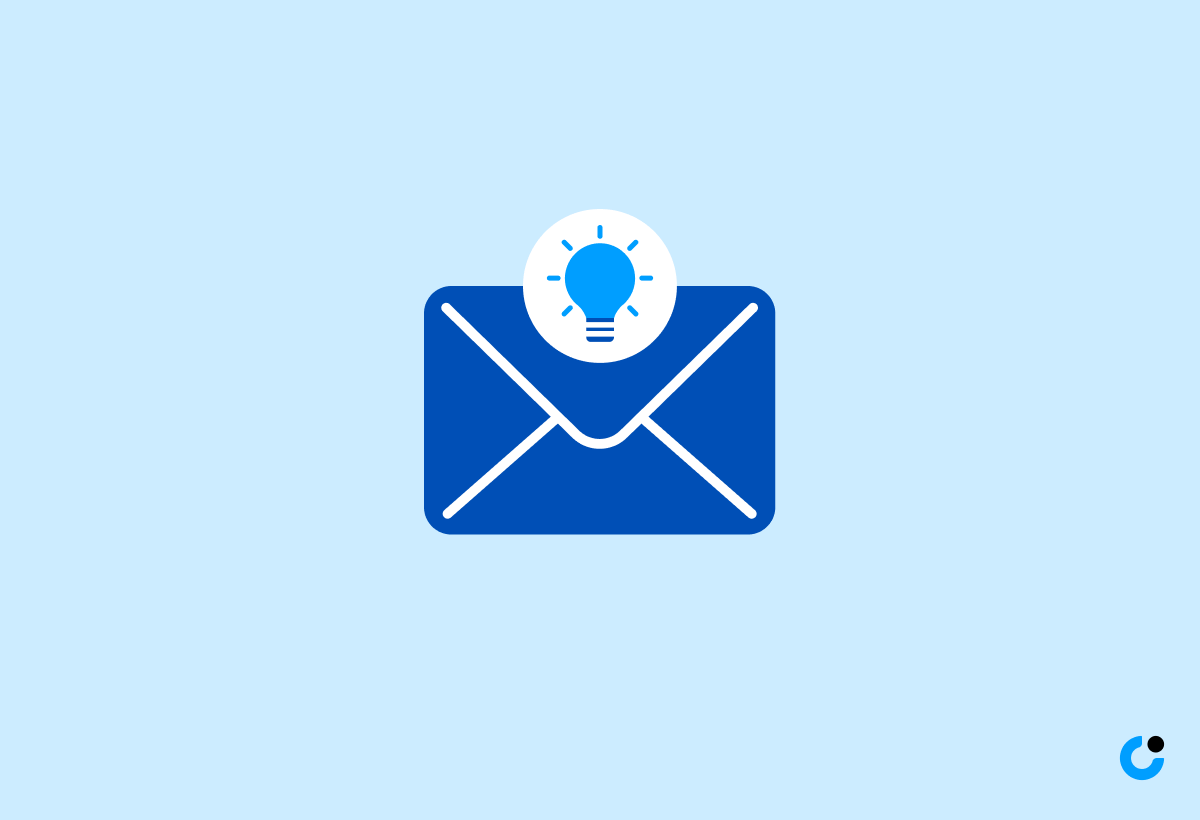
Acknowledging and responding to 'thank you' emails is crucial for nurturing positive relationships with colleagues, clients, and customers.
By responding to 'thank you' emails promptly and graciously, you are not only showing appreciation for the sender's gesture but also reinforcing mutual respect and trust in professional interactions. This simple act of acknowledgment can go a long way in solidifying connections and building rapport, whether within a team, with clients, or among business associates.
Responding to expressions of gratitude can lead to strengthened bonds and enhanced collaboration. For instance, a brief and personalized response can help in maintaining open lines of communication and fostering goodwill, which can be especially beneficial in client-facing roles.
Professional Ways to Respond to a 'Thank You' Email

Crafting a professional response to a 'thank you' email is essential for maintaining a positive rapport and demonstrating appreciation for the sender's gratitude.
When structuring your response, start with a warm opening, acknowledging the sender's thanks. Express your gratitude in return using a formal yet friendly tone and be specific about what you are thankful for. Consider adding a personal touch, such as mentioning something you enjoyed about working with them.
Next, reinforce the positive connection by expressing your willingness to assist in the future, reinforcing the camaraderie and goodwill between both parties. End your reply with a courteous closing, reiterating your gratitude and leaving the door open for future communication.
2.1. Crafting a 'Thank You' Reply for Appreciation
Crafting a thoughtful and appreciative response to a 'thank you' email showcases your gratitude and reinforces positive relationships.
2.2. Responding to a 'Thank You' Email After an Introduction
Responding to a 'thank you' email after an introduction is an opportunity to further establish a positive connection and set a professional tone for future interactions.
2.3. Reply Etiquette for 'Thank You' Emails from Candidates
Responding to 'thank you' emails from candidates requires a balance of professionalism and appreciation to uphold a positive candidate experience.
2.4. Sample Responses for 'Thank You' Emails from Customers
Crafting sample responses for 'thank you' emails from customers is a way to show appreciation and reinforce a positive customer relationship.
Utilizing a 'Thank You' Email Response Template
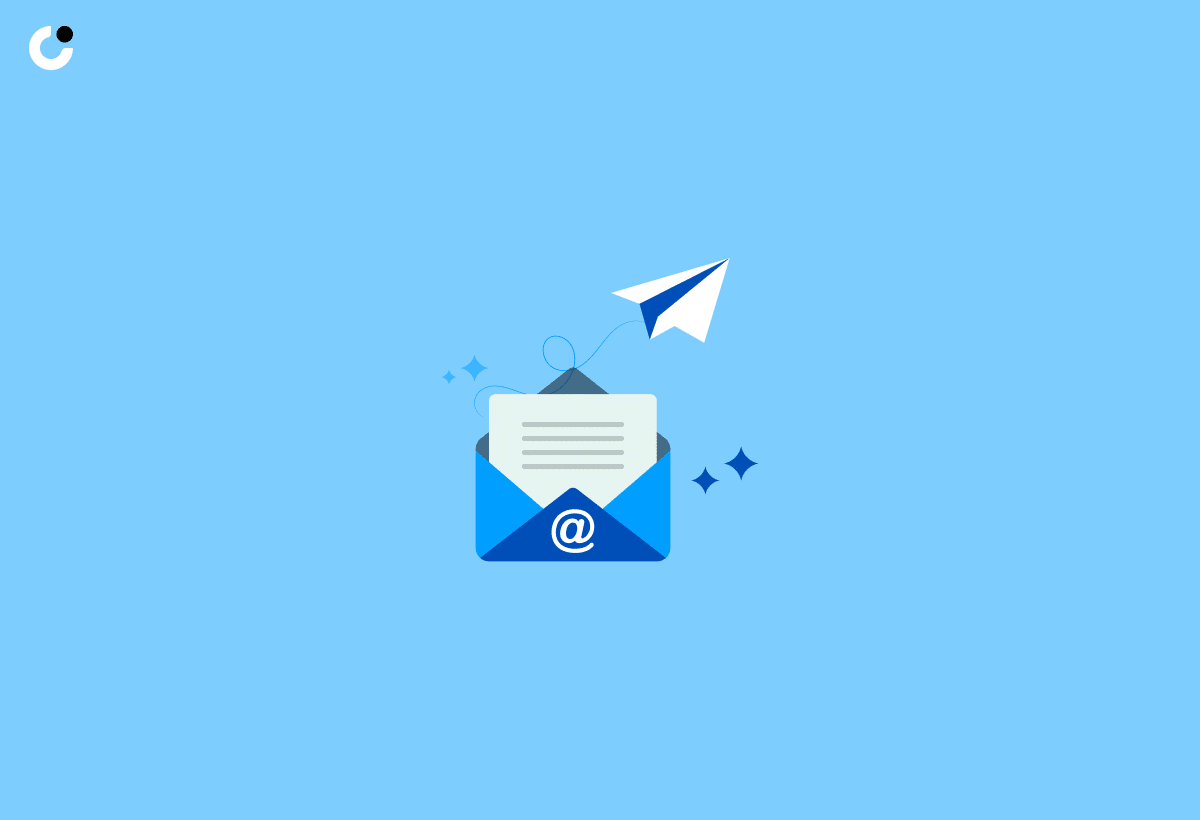
Using a 'thank you' email response template can streamline your communication process while ensuring professionalism and consistency in your replies.
These templates not only help you save time but also enable you to respond promptly to emails, showing your appreciation in a structured manner. By utilizing templates, you can tailor your messages to different scenarios, ensuring that each recipient feels valued and acknowledged.
Customizing these templates allows you to add a personal touch to your responses, making them more heartfelt and engaging. Whether you are expressing gratitude for a job interview, a referral, or a gift, having pre-prepared templates can make the task efficient and effective.
Leveraging Tools like Flowrite for 'Thank You' Email Replies
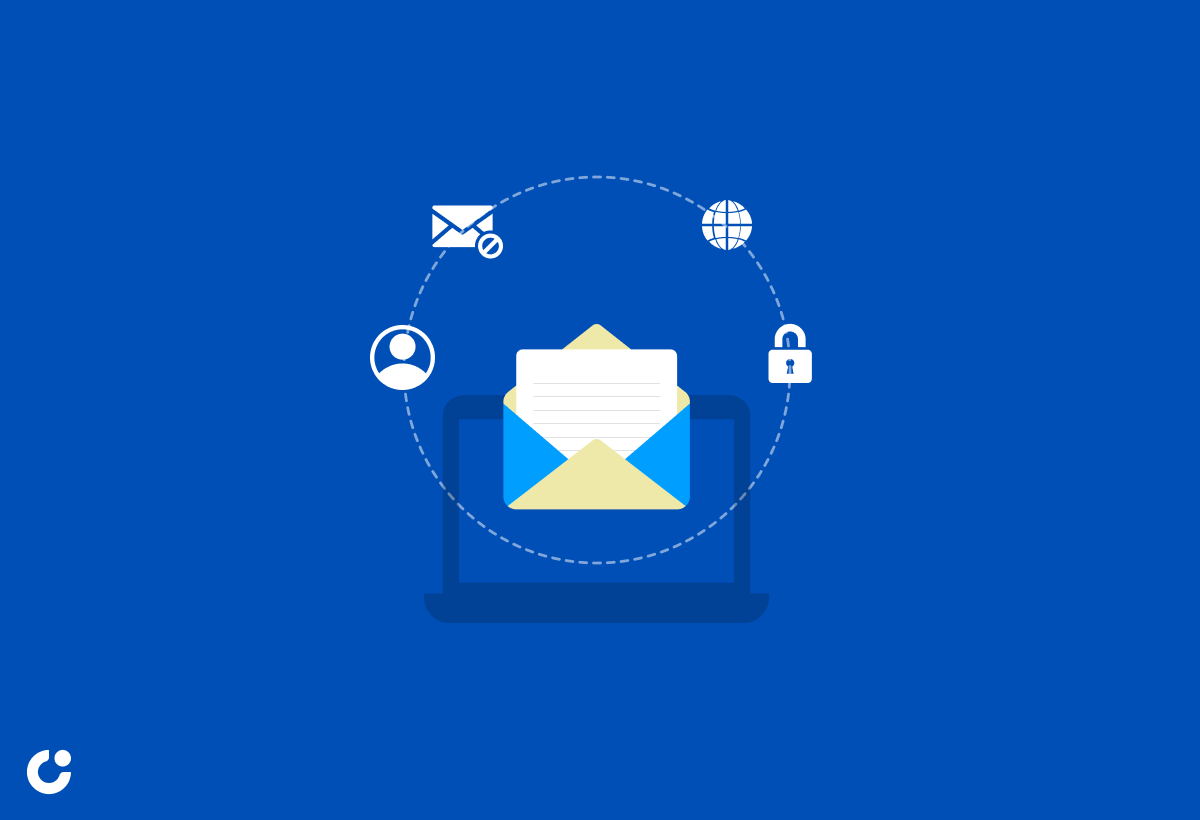
Leveraging tools like Flowrite can enhance the efficiency and effectiveness of 'thank you' email responses, enabling personalized and timely communication.
By utilizing the strength of AI-driven platforms such as Flowrite, you can effortlessly craft responses that resonate with recipients on a more personal level. This not only saves valuable time but also ensures that your communication is tailored to individual preferences and expectations.
Integrating these tools into your workflow seamlessly streamlines the process, allowing you to focus on building relationships and fostering a strong rapport with your contacts. The ability to generate coherent and polished responses quickly can significantly boost your productivity and overall email management efficiency.
Reasons Why Thanking Customers for Feedback is Essential

Expressing gratitude to customers for their feedback is crucial for fostering positive relationships, gathering insights, and addressing service issues effectively.
When customers take the time to provide feedback, whether it's positive or negative, they are investing in your business. By showing appreciation, you acknowledge their effort and reinforce the value you place on their opinions. This gesture of thanks not only demonstrates respect for their input but also opens the door for continued communication and trust.
Expressing genuine gratitude can create a lasting impression on customers, leading to increased loyalty and stronger connections with your brand. It sends a message that their feedback matters and motivates them to remain engaged with your products or services.
Strategies to Demonstrate Appreciation for Customer Feedback
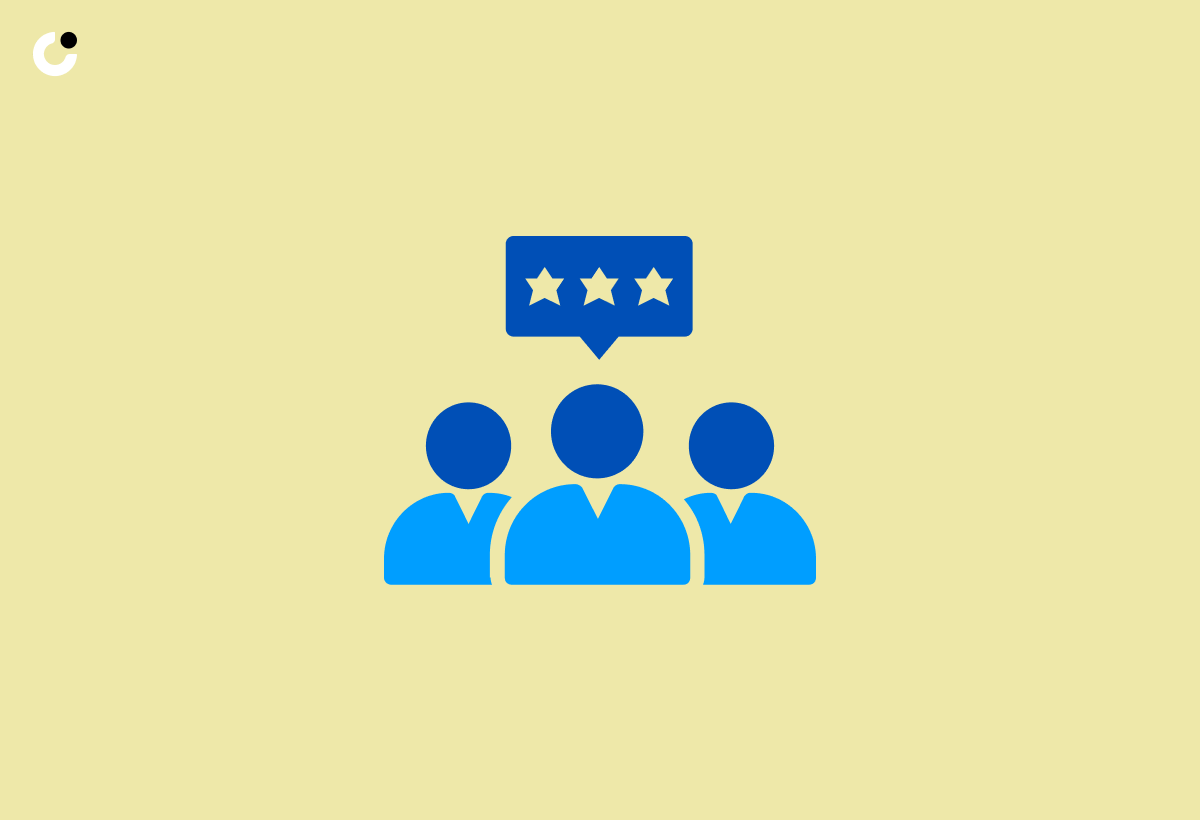
Implementing strategies to show appreciation for customer feedback, whether positive or negative, is key to building trust, resolving issues, and enhancing customer satisfaction.
One effective method is to respond promptly to all feedback received, acknowledging the customer's time and effort in sharing their thoughts. Personalize your responses by addressing the customer by name if possible, showing that their feedback is valued and seen as an individual, not just a number.
Listening actively to what the customer is saying, whether it is praise or criticism, is crucial. Use the feedback as an opportunity to learn and grow, making necessary improvements based on the insights provided.
6.1. Expressing Gratitude for Positive Feedback
Expressing genuine gratitude for positive feedback from customers can strengthen relationships, boost morale, and showcase a commitment to excellence in service.
6.2. Handling Negative Feedback with Graciousness
Addressing negative feedback with grace and empathy is an opportunity to turn dissatisfaction into loyalty by showing genuine concern and a willingness to improve.
Effective Phrases to Include in 'We Appreciate Your Feedback' Emails

Incorporating effective phrases in 'we appreciate your feedback' emails can convey sincerity, empathy, and a proactive approach to addressing customer insights.
Expressing understanding by stating 'We hear you and appreciate you taking the time to share your thoughts' can make customers feel valued and heard.
Offering a solution-oriented response such as 'Your feedback helps us enhance our services, and we are committed to making improvements based on your valuable input' showcases dedication to customer satisfaction.
Using a personalized touch with phrases like 'Your feedback is instrumental in shaping our future decisions, and we are grateful for your contribution' adds warmth and builds a stronger connection with customers.
Examining Different Templates for Customer Feedback Responses

Exploring various templates for responding to customer feedback allows businesses to maintain consistency, professionalism, and efficiency in their communication processes.
Regarding expressing gratitude to customers for their positive feedback, a simple 'Thank you for your kind words, we appreciate your support' can go a long way in building a strong relationship.
Addressing concerns requires a delicate balance of acknowledging the issue 'We are sorry to hear about your experience' and offering a solution or further assistance 'Please reach out to us so we can resolve this for you'.
Seeking further engagement often involves encouraging customers to share more feedback, whether through surveys, reviews, or referrals 'We value your opinion and would love to hear more from you'.
Customizing each template to suit the specific context and tone of the feedback received is crucial to ensure a personalized and meaningful response.
8.1. Templates for Thanking Customers for Feedback
Using templates to thank customers for their feedback streamlines the process while ensuring that each acknowledgment is personalized and appreciative.
8.2. Templates for Addressing Negative Feedback
Utilizing templates to address negative feedback provides a structured and empathetic approach to handling customer concerns, turning challenges into opportunities for improvement.
8.3. Templates for Acknowledging Positive Feedback
Acknowledging positive feedback through templates allows businesses to express appreciation efficiently, reinforcing customer satisfaction and loyalty.
Streamlining Support Interactions through Automation of Common Phrases

Automating common phrases in support interactions through tools like keyboard shortcuts can enhance efficiency, consistency, and responsiveness in customer communications.
By utilizing keyboard shortcuts and automation, customer support agents can quickly access pre-written responses to frequently asked questions, reducing the need to type out the same answers repeatedly.
This not only saves time but also ensures that all responses are consistent in tone and accuracy, enhancing the overall customer experience.
Automation can help streamline workflows by organizing responses based on customer queries, allowing agents to focus on more complex issues that require personalized attention.
Frequently Asked Questions
1. How should I reply to a thank you email with elegance?
It is important to respond to a thank you email with gratitude and sincerity. A simple yet elegant way to do this is by expressing your appreciation for the person's kind words and acknowledging the effort they put into their email.
2. What are some key elements of an elegant response to a thank you email?
An elegant response should include sincere gratitude, personalization, and a positive tone. It should also be concise and to the point, while still conveying your appreciation for the sender's message.
3. Is it necessary to respond to a thank you email?
While a response to a thank you email is not always mandatory, it is considered polite and respectful to acknowledge the sender's message. It also shows that you value their gesture and are grateful for it.
4. How can I make my response stand out and be more elegant?
You can make your response more elegant by personalizing it to the sender, using thoughtful and sincere words, and expressing your gratitude in a unique and genuine way. You can also add a personal touch, such as sharing a memory or inside joke, to make the response more heartfelt and memorable.
5. Should my response be formal or informal?
The level of formality in your response should depend on the nature of your relationship with the sender. If it is a professional setting, it is best to keep the response formal and respectful. However, if it is a personal thank you email, you can add a touch of informality to make the response more personal and heartfelt.
6. What if I am unable to respond to a thank you email immediately?
It is understandable if you are unable to respond to a thank you email right away. In such a situation, it is best to send a brief acknowledgement email, expressing your gratitude for the message and mentioning that you will respond in detail when you have the time. This shows the sender that you value their message and will make an effort to respond to it.

